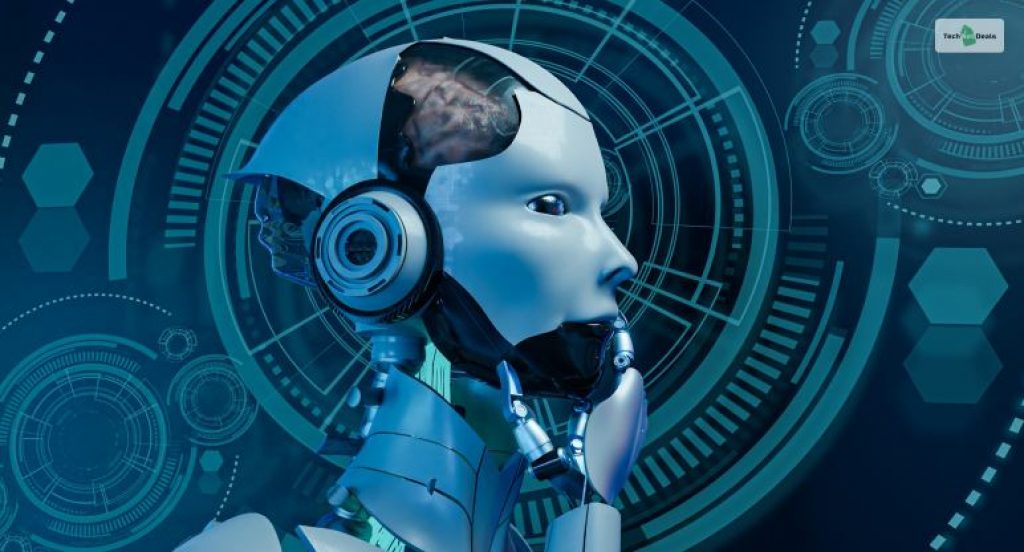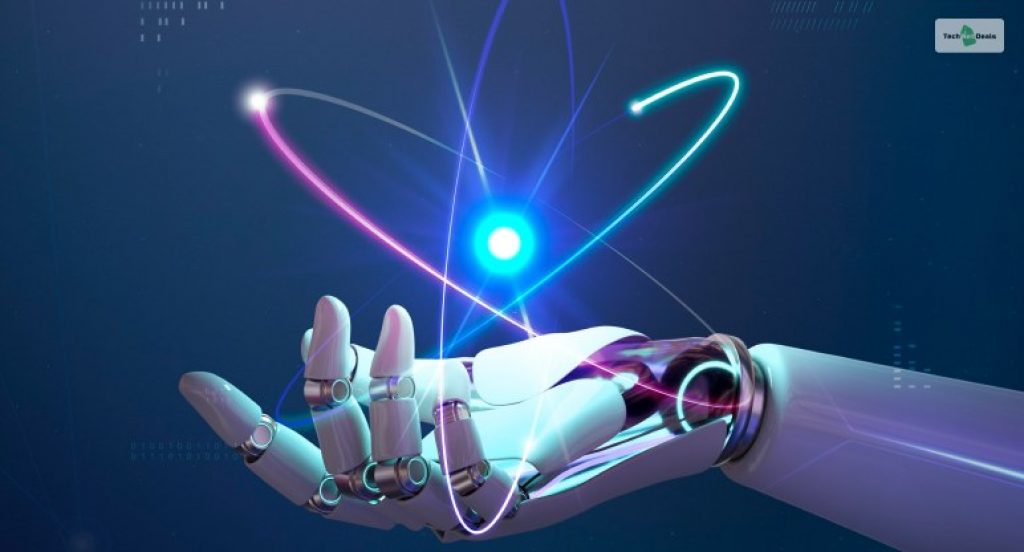
Question: What Is True About Machine Learning?
Options:
A. Machine Learning (ML) is a field of computer science
B. ML is a type of artificial intelligence that extract patterns out of raw data by using an algorithm or method.
C. The main focus of ML is to allow computer systems to learn from experience without being explicitly programmed or human intervention.
D. All of the above
Answer: D. All of the above
Explanation
Machine learning is a subset of artificial intelligence, a field of computer science. Here, software and various programs are programmed to anticipate various systematic outcomes concisely and accurately. They can do so without any commands or instructions by humans with the use of various programming algorithms and past input data.
In reality, machine learning is most commonly used in search recommendation engines (like Google) and in Business Automation Processes (BPA). In addition, it’s also used in antiviruses for malware and threat detection, filtering spam in emails, and predictive maintenance. This is what is true about machine learning.
What Is Machine Learning And Why Is It Important?

Machine learning is significant because it aids in the creation of new goods and provides businesses with a picture of trends in consumer behavior and operational business patterns. What do you mean by machine learning can be understood by a significant portion of the operations of many of today’s top businesses, like Facebook, Google, and Uber. For many businesses, machine learning has emerged as a key competitive differentiation.
What Are The Different Types Of Machine Learning?
The different types of what is true about machine learning are:

1. Supervised Machine Learning
The data scientist must train the algorithm with both labeled inputs and intended outputs in supervised machine learning. For the following tasks, supervised learning algorithms are effective:
- Classifying data into two groups using a binary system.
- Choose from more than two different categories of responses.
- Predicting continuous values using regression modeling.
- assembling: bringing together the forecasts from many machine learning models to get a precise forecast
2. Unsupervised Machine Learning
Algorithms for unsupervised machine learning don’t need labels on the input data. They sort through unlabeled data in search of patterns that may be utilized to divide it into smaller groups. Neural networks and the majority of deep learning models use unsupervised techniques.
For the following tasks, unsupervised learning algorithms perform well:
- Clustering is the process of dividing a dataset into similar-looking groupings.
- Finding anomalous data points in a data set is known as anomaly detection.
- Finding groups of objects in a data collection that commonly appear together is known as association mining.
- Bringing down the number of variables in a data collection is known as dimensionality reduction.
3. Semi-Supervised Machine Learning
Data scientists input a limited quantity of labeled training data to an algorithm to perform semi-supervised learning. The algorithm gains knowledge of the data set’s dimensions from this and applies this knowledge to fresh, unlabeled data.
When algorithms train on labeled data sets, their performance often becomes better. However, classifying data may be costly and time-consuming. The performance of supervised learning and the effectiveness of unsupervised learning are both met by semi-supervised learning.
Semi-supervised learning is applied in a number of fields, such as:
- Machine translation is the process of teaching computers to translate languages using a smaller word list than a full lexicon.
- Fraud detection is the process of finding instances of fraud when there aren’t many successful ones.
- Data labeling: Algorithms can learn to automatically apply data labels to bigger sets after being trained on small data sets.
4. Reinforced Machine Learning
Reinforcement learning operates by programming an algorithm with a clear objective and a set of guidelines for achieving that objective. The algorithm is also programmed by data scientists to seek rewards, which it receives when it takes a step that advances its ultimate goal and to avoid penalties, which it receives when it takes a step that pushes it further away from that objective. Reinforcement learning is frequently employed in fields like:
- Robotics: Using this method, robots may learn to carry out tasks in the real world.
- Video game play: A variety of video games have been taught to bots via reinforcement learning.
- Resource management: Reinforcement learning may assist businesses in determining how to distribute resources when faced with limited resources and a clear aim.
What Are The Advantages And Disadvantages Of Machine Learning?
What is true about machine learning can be decided with its advantages and disadvantages, which are:

Advantages Of Machine Learning
Some of the primary advantages of machine learning are:
- It requires no help from humans to carry out its functions. It only requires raw data inputs.
- It can easily identify various trends and programming patterns from the raw data.
- You can feed machine learning algorithms various kinds of data from various dimensions.
- So far, machine learning has a wide range of uses, with more in development.
Disadvantages Of Machine Learning
Some of the primary disadvantages of machine learning are:
- Machine learning cannot acquire data on its own. This is the only process where human intervention is required.
- So far, machine learning algorithms take a lot of time and data, with most having slow computing prowess.
- It is susceptible to providing output with a lot of errors.
- The results that are interpreted by machine learning can go wrong.
How Is Machine Learning Used?
Machine learning is used in the following scenarios:

1. Customer Relationship Management
Machine learning models may be used by CRM software to analyze emails and remind sales team members to reply to the most crucial communications first. Even prospective solutions can be recommended by more sophisticated algorithms.
2. Enterprise Management
In order to recognize potentially significant data points, trends of data points, and anomalies, BI and analytics suppliers include machine learning in their software.
3. Human Resource Management
To go through applications and find the top prospects for a post, HRIS systems can apply machine learning models.
4. Self-Driving Vehicles
Even a semi-autonomous automobile may be able to distinguish a partially visible item and notify the driver, thanks to machine learning algorithms.
5. Virtual Assistants
For the purpose of interpreting natural speech and providing context, smart assistants blend supervised and unsupervised machine learning models.
Frequently Asked Questions (FAQs):
Some questions related to what is true about machine learning are:
Machine learning is entirely dependent on the use of raw data that has been input previously. After the algorithm tries to understand the data, it can modify its own output to some extent without any human intervention.
Machine Learning is still not perfect because:
1. It’s not based on knowledge
2. It’s difficult to train Learning models.
3. ML is prone to various issues related to input data.
So what is true about machine learning?
Machine learning algorithms such as artificial intelligence have become more prevalent. Their use has increased extensively. Modern AI applications are mostly powered by deep machine learning models.
Machine learning algorithms are among the most competitive areas of enterprise technology. The majority of vendors like Google, Amazon, IBM, Microsoft, and others are vying for customers by offering services that include data collection, preparation, classification, and more.
Read Also:






